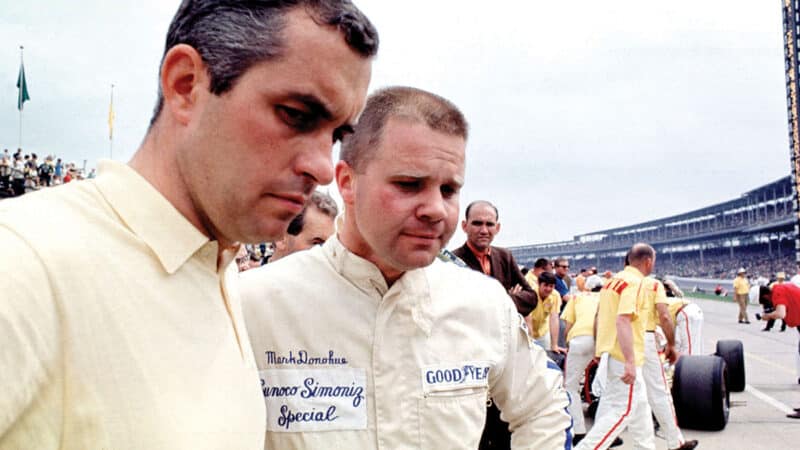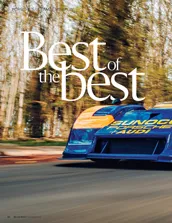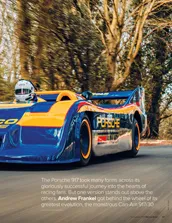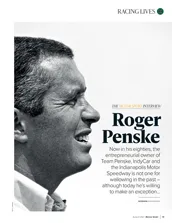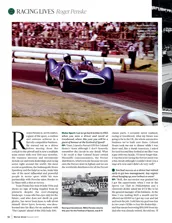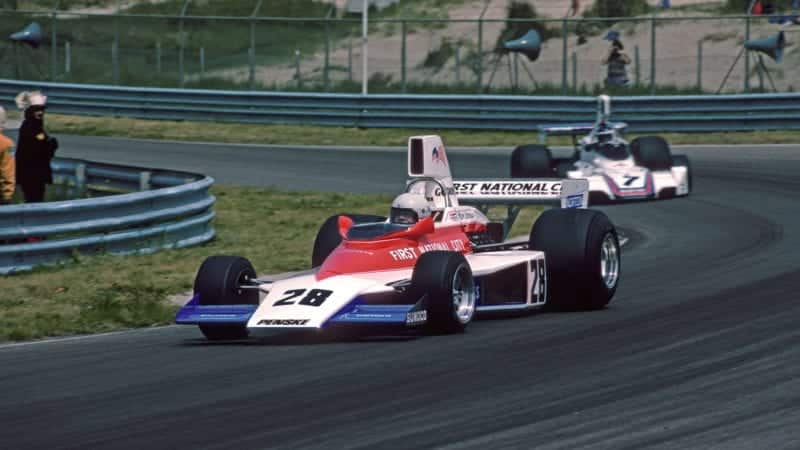In time the Porsche was developed into one of the most dramatic and efficient racing cars of all time. Sadly for him, Donohue missed most of the 1972 Can-Am season after suffering serious injuries in a testing accident at Road Atlanta, caused by the loss of the rear bodywork. Ever the team man, he went to the races, hobbling on crutches, helping replacement driver George Follmer to the championship.
The following year he walked the Can-Am Championship, winning six of the eight races, now in the 917/30. More than 30 years on the figures still astound: 1100bhp at 7800rpm (on normal ‘race’ boost) and 810lb-ft of torque at 6400rpm. Donohue adored what he called “the era of knife-fight rules”. In pre-season testing at Paul Ricard he exceeded 240mph on the Mistral straight.
In the car’s final race, at Riverside, Mark established himself in the lead, as usual, and then started to play with the cockpit-adjustable roll-bar. “I turned it up to oversteer and I had a great time, sliding all over the place, knowing I could rebalance the car at any time – and that this was my last race.” He made the announcement afterwards.
For all his successes, Donohue never quite appreciated how good he was, and his friend Posey was at a loss to understand why. “Mark always attributed it more to his engineering skill and hard work than pure driving ability, but he was certainly as fast a driver as I ever competed against.”
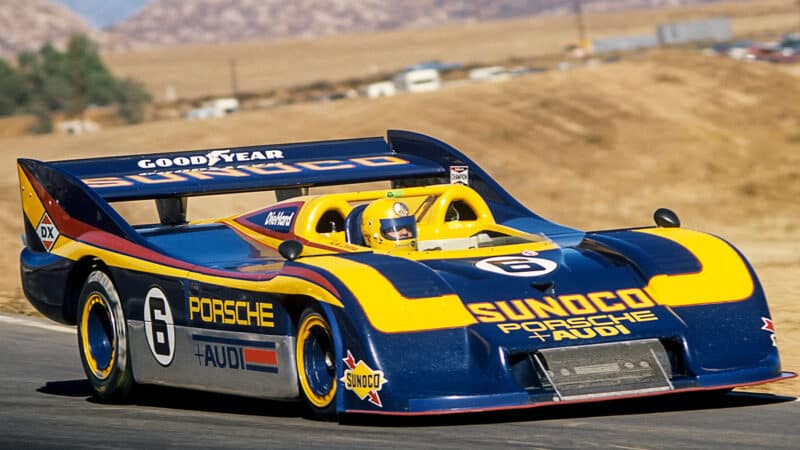
Donohue dominated Can-Am with the Penske-Porsche 917-30
Getty Images / Bernard Cahier
Whatever, Donohue prepared for a new life as president of Penske Racing, and his decision had nothing to do with the risks then so prevalent in the sport. “I can’t say I was ever personally concerned about my own safety in the car,” he wrote in his autobiography, “perhaps because I’m something of a fatalist – I figure no two accidents are ever quite the same and, even if you’re prepared for every contingency, something else is going to get you some day.”
After a year out Mark found he missed driving, and when Penske embarked, for the first time, on a full F1 programme, he decided this was a challenge he couldn’t resist.
“Problem was, Mark had retired too early,” said Mario Andretti. “He was only 36 and it wasn’t out of his system. At the time I said he’d never be happy with himself. On the other hand, he then broke what to me is a golden rule: never come back.”

